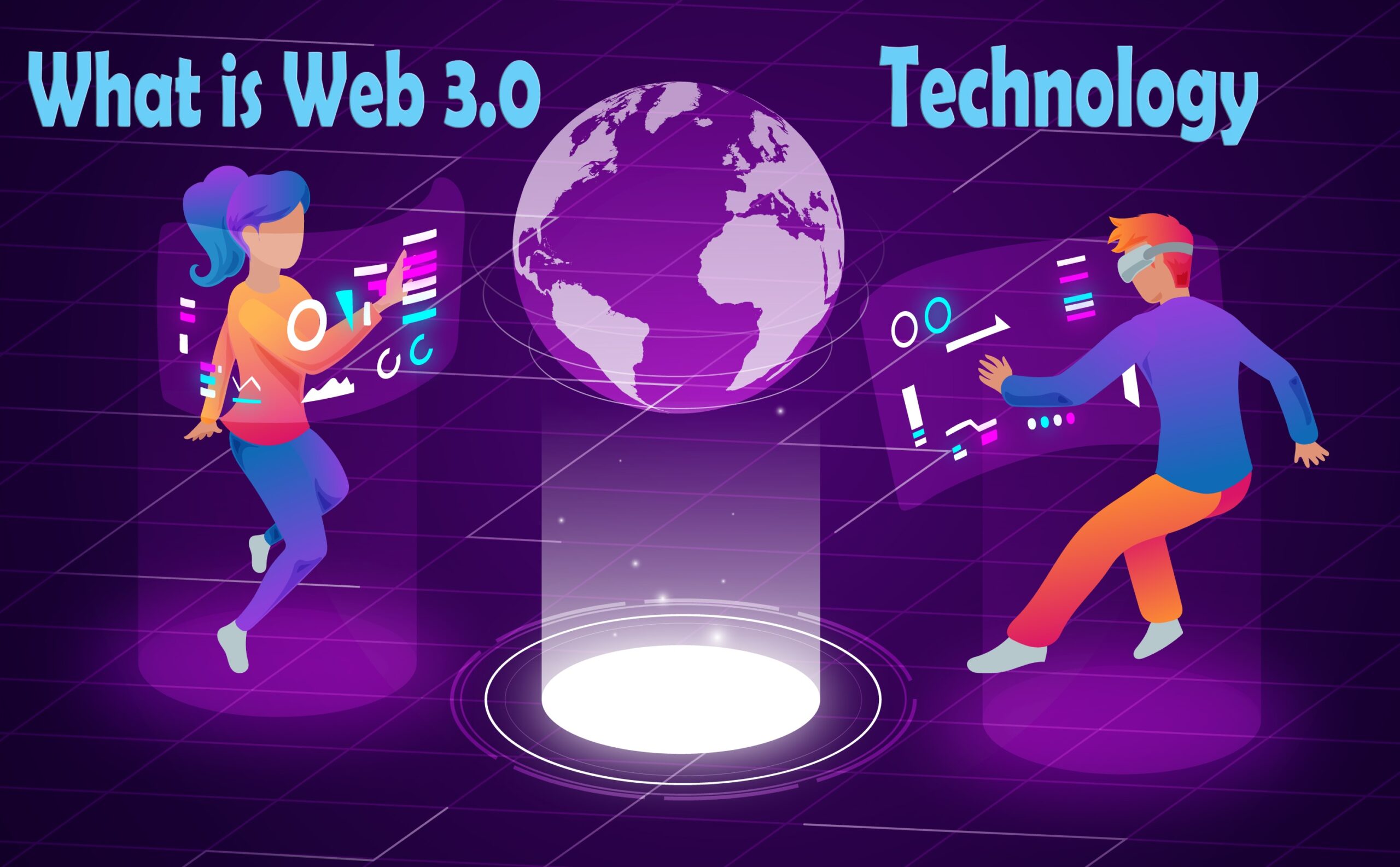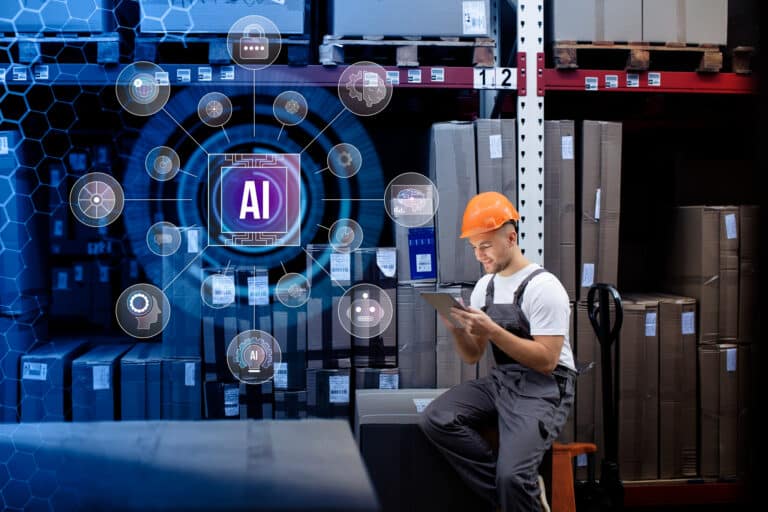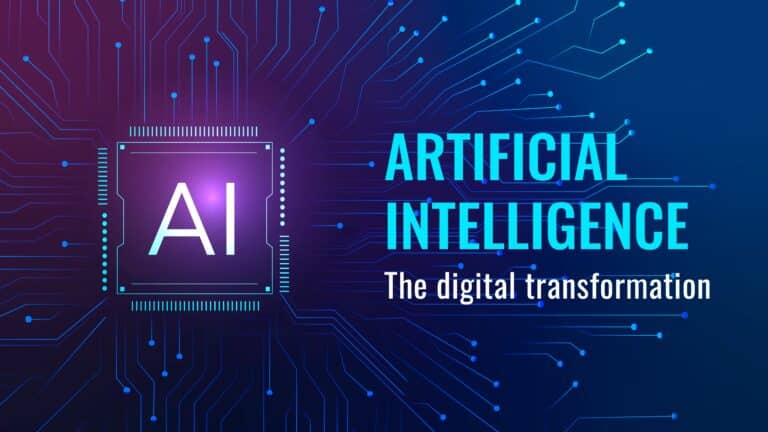Since the 1990s, the Internet has grown rapidly, and it is now something everyone uses, whether for business or personal reasons. What Is Web 3.0 Technology? Are you aware that the Internet is about to evolve further? Web 3.0, the next generation of the Internet, will be very different from its predecessor.
Developing basic knowledge of the Internet now is a good idea since Web 3.0 is expected to become famous. This article will discuss Web 3.0, including its advantages, issues, precautions, and related technologies.
What is Web 3.0?
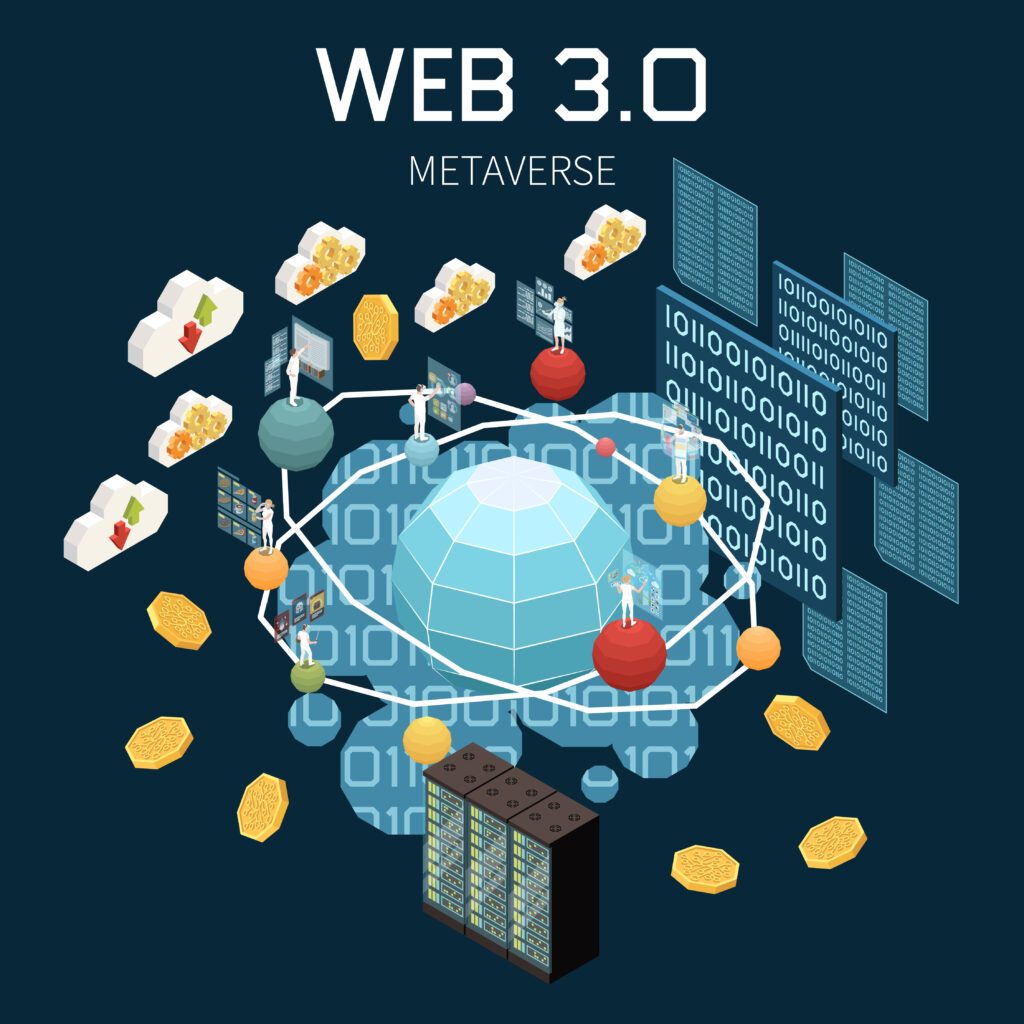
Web 3.0 is a “decentralized Internet” made possible by blockchain technology called the “next-generation Internet.”
The Internet is centralized, with companies like Google, Amazon, and Microsoft controlling how people gather and interact. As a result of Web 3.0, individuals can send money, provide content, and sell digital data directly without going through a platform.
What is the difference between Web 3.0 and Web3?
There is a distinct difference between “Web 3.0” and “Web3,” but many people treat them similarly. As a result of the Semantic Web initiative, Web 3.0 was initially described as a method to make websites human- and computer-readable. Recently, Web 3.0 has become a different language in terms of the specific elemental technology that forms its core, and Web 3.0 describes a concept of the Internet that has evolved using distributed technology.
History of Web1.0 to Web3.0
In the past, there were Web1.0 and Web2.0 before Web3.0. It would be helpful to deepen our understanding of Web 1.0/Web 2.0 to understand Web 3.0 in more detail.
Web1.0
In the 1990s, most websites were text-based. “Web 1.0” was a period of “one-way communication” in which users with specialized knowledge transmitted information unilaterally, and viewers viewed it.
Web2.0
This is the state of the modern Internet from the 2000s to the 2020s, where images and videos dominate websites. As a result, social networking sites like Twitter (currently X), Instagram, and YouTube have become widespread, facilitating two-way communication and allowing anyone to send information effortlessly.
In the past, the Internet was centralized until Web1.0/Web2.0. Social networking, for example, requires registration, and information, including personal information, is managed by an administrator. As a result of privacy issues, recent years have seen a movement to move away from centralized systems.
Web3.0
By utilizing blockchain technology, Web 3.0 creates a “decentralized” Internet instead of one that is centralized. Data is stored in blocks, or units, in blockchain technology. Blockchain participants manage data rather than centralizing it like a centralized system.
Highlights of Web3.0
Many problems associated with Web 2.0 (modern Internet) can be solved with Web 3.0. Here are some highlights of Web 3.0.
- Security enhancements
- Data cannot be tampered with virtually
- Failure of the server won’t affect service
- Individuals can communicate directly with each other
- Privacy protection
Web 3.0 uses blockchain technology to distribute and share data among network participants, making it virtually impossible to manipulate. The information is not stored on a server, so information leaks are not risky.
Server failures will no longer cause service outages since servers are no longer required as a network component.
Nowadays, users interact with servers, but Web 3.0 uses peer-to-peer, which connects computers equally. Hence, individuals can communicate directly with each other and companies without going through a platform.
You can also manage your personal information, ensuring your privacy is protected.
Notes on Web3.0 issues
We must be aware of some challenges and considerations to make Web 3.0 a reality.
- In the absence of legislation
- Requires expert knowledge
- Problems need to be solved by you
Since Web 3.0 is a new concept and its technology is new, legislation still needs to be implemented. The various services on Web 3.0 are challenging to use despite virtual currency being used for transactions.
Furthermore, unlike Web 2.0, there is no administrator, so if a problem arises, you must resolve it yourself.
What Is Web 3.0 Technology?
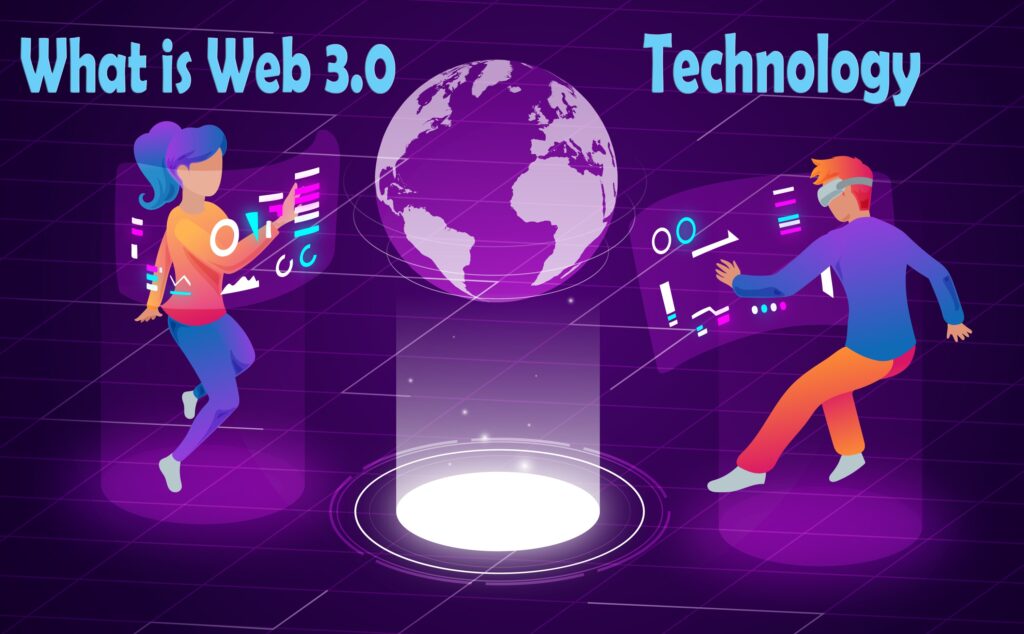
Finally, we will provide a brief overview of typical Web 3.0 technologies.
DAO
DAO (Decentralized Autonomous Organization) is an organization that promotes business and projects independently of a specific administrator. Bitcoin is a typical example of a DAO.
NFT
The NFT (Non-Fungible Token) is a mechanism for proving unique things using blockchain technology. A typical piece of data can be easily copied, whereas NFT proves a piece of data to be “unique.”
DeFi
Financial services built using blockchain technology are called DeFi (Decentralized Finance). Money can be transferred between individuals without the assistance of financial institutions like banks.
Web 3.0 refers to a “decentralized web” empowered by blockchain innovation. Internet 2.0 stands out because it can tackle issues connected with security and protection.
Summary
There are issues such as the lack of legal frameworks and the need for specialized knowledge, but in the future, everyone will use Web 2.0 as a matter of course. During the 1990s, the Internet became increasingly popular and has evolved rapidly ever since. Shortly, Web 3.0 will develop.

